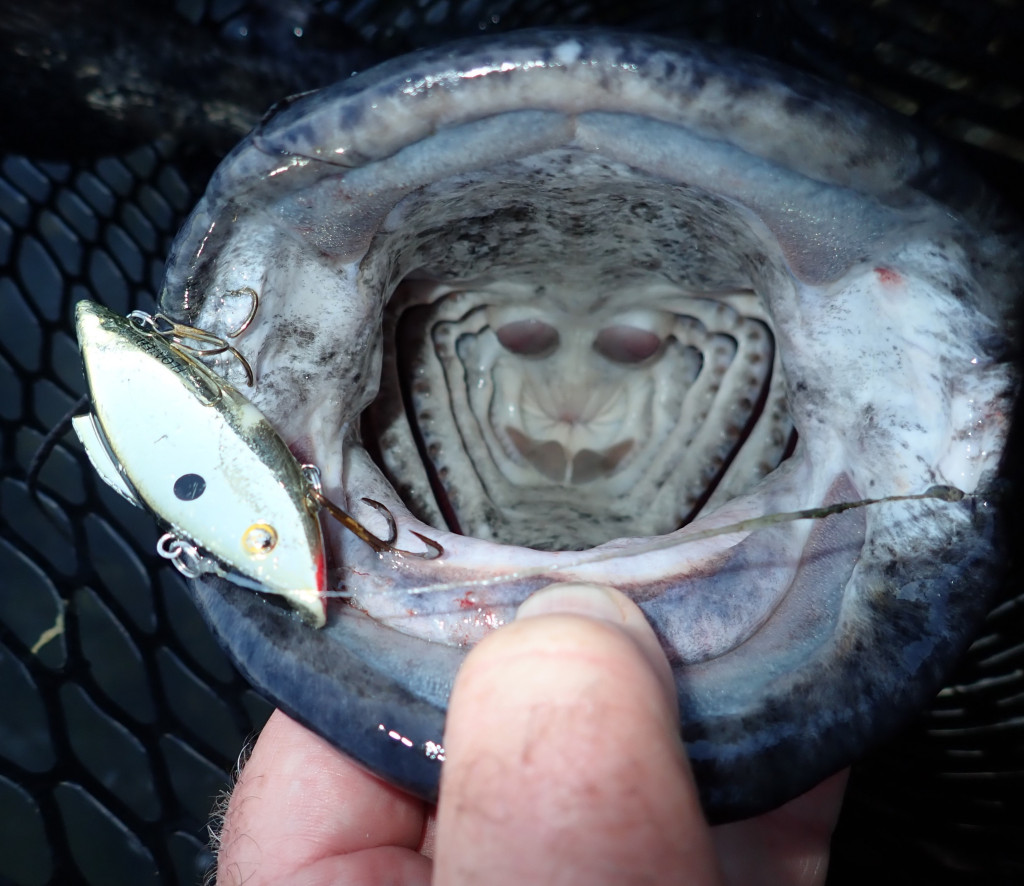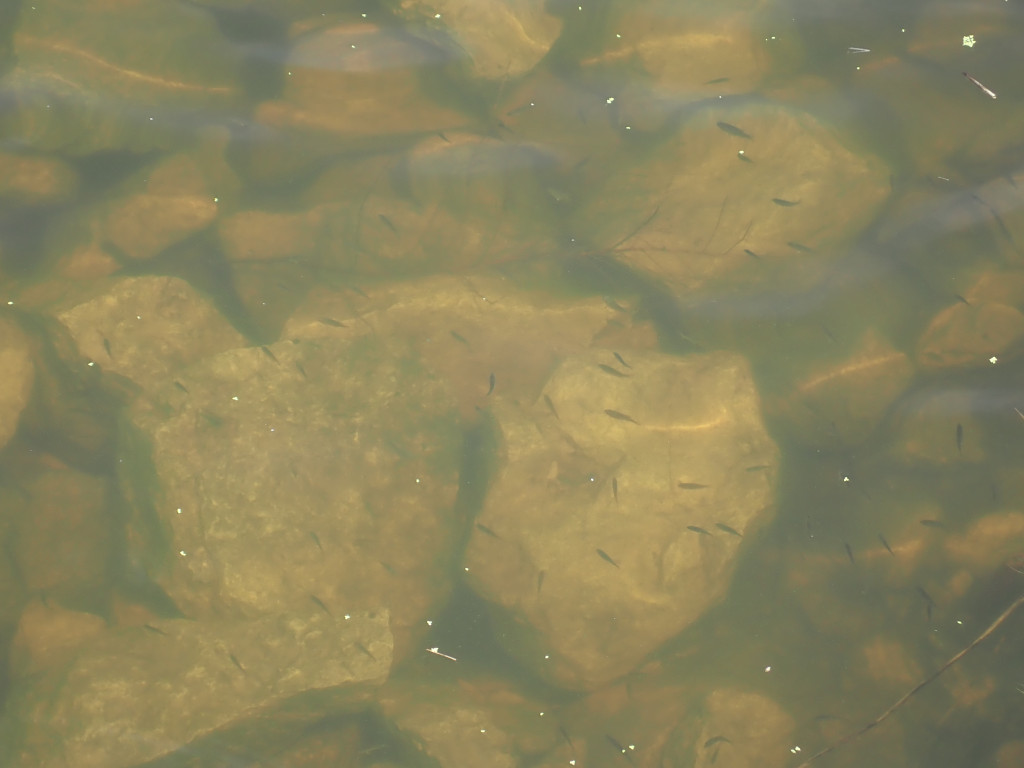
By Daryl Bauer
HOLY COW! I just stepped back inside after being out running a quick errand. It’s hot. So hot even the jackrabbits were walking.
Safe to say we are in the middle of the summer “dog days”. I stepped in a pit one evening last week to do some casting and the surface water temp. was 85 degrees F! Believe me, that ain’t much cooler than my bath water!
In spite of that, I am NOT going to tell you the fishing gets tough during mid-summer because the water is warm and the fish are uncomfortable. Nope, not going to do that at all.
Some will say fish are “cold-blooded”. Actually, that is not exactly true. For almost all fish, and certainly all we have swimming in Nebraska, they are the same temperature as their environment. Saying they are “cold-blooded” when the water temp. is 85 degrees is not accurate at all.
As a matter of fact, the metabolism rates of those fish are roaring along in the maximum summer temperatures. That means they have to keep fueling that metabolism and they do that by eating! Truly, the fish are feeding as much or more now than they do at any other time of year.
So, why are they so hard to catch? Why does fishing success lag during the dog days of summer?
It is because the abundance of natural prey is also at its peak right now. On another recent evening fishing trip, I was surrounded by a cloud of midges. They were everywhere. You can bet there were clouds below the surface of the water too. It is not cliched to say that all the fish have to do is open their mouth and they have a meal right now.

The trick to scratching a few fish during the summer heat is to be in the right place at the right time fishing in the right manner–just like it is at any other time. Challenge is the right times may be short, the right places may be very specific, and the right manner may be very technical. Miss just one little detail and you likely will be smelling the skunk.
Feeding activity can be intense during the summer. However, it may not last very long. When it does occur, it may happen only in one specific area. In short, right now you need to be fishing prime times, likely early or late in the day, maybe after dark. You also need to be fishing prime spots, places where the fish are likely to feed. Those places probably have an abundance of prey.
That brings me to the last variable. What is the “right manner”?
Trout anglers, fly anglers, will tell you how selective trout can be when there is an abundance of prey, a “hatch”. You have heard the phrase, “match the hatch”. That is most critical when prey is abundant. It is at those times when you need to match the size, shape, probably color, and especially behavior of the natural prey. If you do not do that, you can get blanked in the middle of a feeding frenzy. Believe me, I have.
Matching the prey can also be critical for other species. You need to match the characteristics I mentioned above for all prey, not just aquatic insects. Having done that, I believe there are some subtleties that can make your bait more likely to get bit. You want to make it stand out in a crowd.
Yes, I know I just contradicted myself. First I say “match the hatch”, then I turn right around and say “make it stand out in a crowd”. Yes, match the size, shape, and color. Certainly match the basic behavior. For example, on a trout stream, if you are not getting a drag-free drift, you can forget about it. Beyond that, certainly when fish-eating predators are involved, I believe you can make your bait behave in ways that make it more likely to get bit.
Thus the reason for the title of this blog post, speed! Speed up your presentations. Fast retrieves can be one way to get predator fish to strike your presentations now. During the heat of summer, in most cases, think of speeding up instead of slowing down.
I remember one trip in particular years ago when I experienced this lesson. . . . My Dad and I spent a lot of time in a square-stern canoe when I was younger. We had an electric motor for that canoe (yes, with the motor the canoe was registered). One summer morning I was on a solo trip and had blanked using our usual live bait presentations. Before I quit, I decided to fire up the ole motor and make a couple of trolling passes. I tied on a Wiggle Wart and let out just enough line to get it wobbling along just over the submerged aquatic vegetation (yes, there were “weeds” and I learned a long time ago not to complain about them, instead, fish ’em! That is where the fish were!).
I will bet I had not trolled for two minutes and something just buried my rod. It ended up being a 30-some-inch channel cat! Not what you would expect on a crankbait, especially one being trolled about as fast as I could go!
Moving baits, movement, catches the attention of fish. Fast movement, speed, can trigger strikes. I think it is a predatory instinct–panicked baitfish flying around, perhaps careening off of bottom or cover, become easier targets for predators. Imitate that behavior, especially during the heat of summer.
Yes, that means using baits that can be fished fast. If you cannot give up your live bait, there are still ways to get on the horse and get them moving. They can still be effective on a spinner rig, slow death hook, or even just drifted or trolled behind a sinker or bottom bouncer.
A variety of artificial baits like spinners, spinnerbaits and crankbaits can be very effective fished fast. Just make sure your crankbaits are tuned to run straight at fast speeds. Topwaters can be very good baits during the summer; just pick the ones that can be fished fast if that is the tool you need.
Speed up and hold on!
